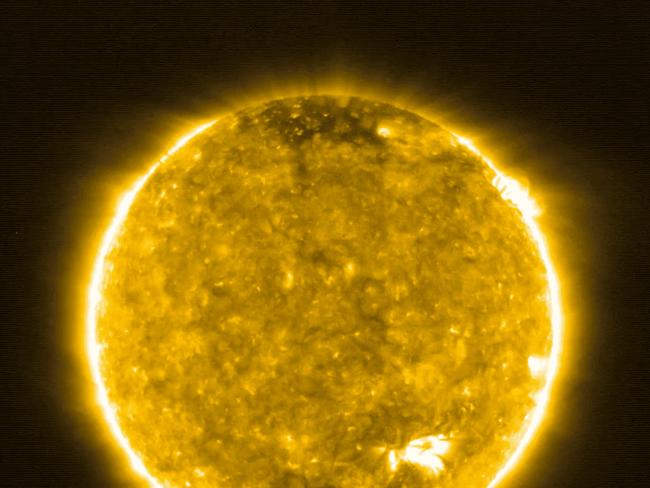Piers Akerman: Accepted science in one day, out the next
On the same day as our national health officials were readjusting their vaccine delivery guidelines, another set of scientists announced a major rethink about the global climate, writes Piers Akerman.

Opinion
Don't miss out on the headlines from Opinion. Followed categories will be added to My News.
Woke folk like to chant that the science is settled, whether the topic be human-induced global warming or the safety of the various Wuhan flu vaccines but, as we’re now learning, the accepted science can actually be in one day and out the next.
A week ago, the AstraZeneca vaccine was as safe as houses — except for those covered by NSW’s dodgy certificates — but by Thursday night it was no longer the jab of choice for those aged 50 and under. By Friday, NSW had suspended the AZ jab to all age groups.
That was because the tested, trialled and approved vaccine offered to Australians was found to have an unacceptable risk of causing blood clots in younger recipients.
This reversal will cause unforeseen delays in the vaccination rollout.
On the same day as our national health officials were readjusting their vaccine delivery guidelines, another set of scientists announced a major rethink about the global climate.
In an amazing display of intellectual reasoning, data derived from research funded by US space agency NASA was found to indicate the sun actually had a much larger influence on Earth’s weather and climate conditions than had been previously thought.

Who would have that the sun had some influence on our little planet’s climate at all? Certainly not the Greens, who blame the harmless and naturally occurring essential-for-life gas CO2 for heating Earth to the point where we are all going to be extinct within the foreseeable future.
That foreseeable future is admittedly pretty elastic as the gurus of anthropogenic (that means you and me) induced global warming have been predicting the end of the world with increasing regularity for the past 30 years.
Before global warming was the greatest moral danger we faced (as former prime minister Kevin Rudd proclaimed), it was global cooling and global starvation.
But predictions are not a strong suit for the extinction extremists as demonstrated by the reality that every forecast of catastrophic annihilation made by their most respected prophets has been laughably wrong.
The Earth is chugging along on a fairly predictable climate trajectory and more people on an increasingly crowded planet are living better lives than ever before.
It’s probably unfair to highlight our own Tim Flannery’s gross claim that it would never rain again, or that if it did rain, the water would evaporate before it had time to run into a dam.
But the muppets did make him Australian of the Year in 2007 and his humbug has cost Australians hundreds of millions when true believers put into public policy his wrongheaded thinking.

Former NSW planning minister Frank Sartor ordered a $1.83 billion desalination plant on the strength of such gibberish in 2006. Even when idle, the plant costs taxpayers about $550,000 a day or around $200 million a year to keep maintained.
Not deterred by this gross waste of money, Victoria’s Water Minister, Lisa Neville, two years ago cited climate change in refusing to commission new dams.
Clearly, Flannery’s crystal ball hasn’t lost its potency despite its proven fallibility.
The NASA work adds to the increasing volume of research that indicates solar activity, including sunspots and cosmic rays, has a much greater impact on Earth’s climate than previously calculated.
The researchers tracked sunspot activity onto a solar cycle which takes place over a 22-year magnetic polarity cycle and demonstrated a strong correlation with the transitions from La Nina to El Nino.
Given the impact La Nina and El Nino have on the lives of those who live around the Pacific, the ability to make more accurate predictions is very significant.
Of course, had NASA asked Australian scientist and author Ian Plimer about the possibility of solar activity affecting the climate, it would have saved a lot of time and money.
In his 2009 book Heaven and Earth, Professor Plimer explained how increases in solar activity affects low-level cloud cover and leads to higher surface temperatures on Earth.
Copernicus placed the sun at the centre of our universe about 500 years ago. He was onto something then but today’s global warmists have turned their back on his genius and on those, like Professor Plimer, who have built on his work. Finally, the sun is coming back to the centre of climate science.



